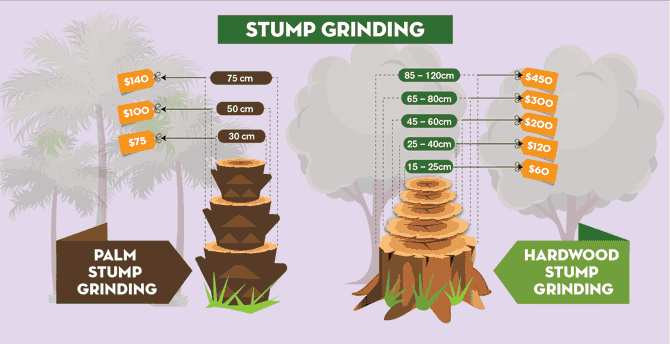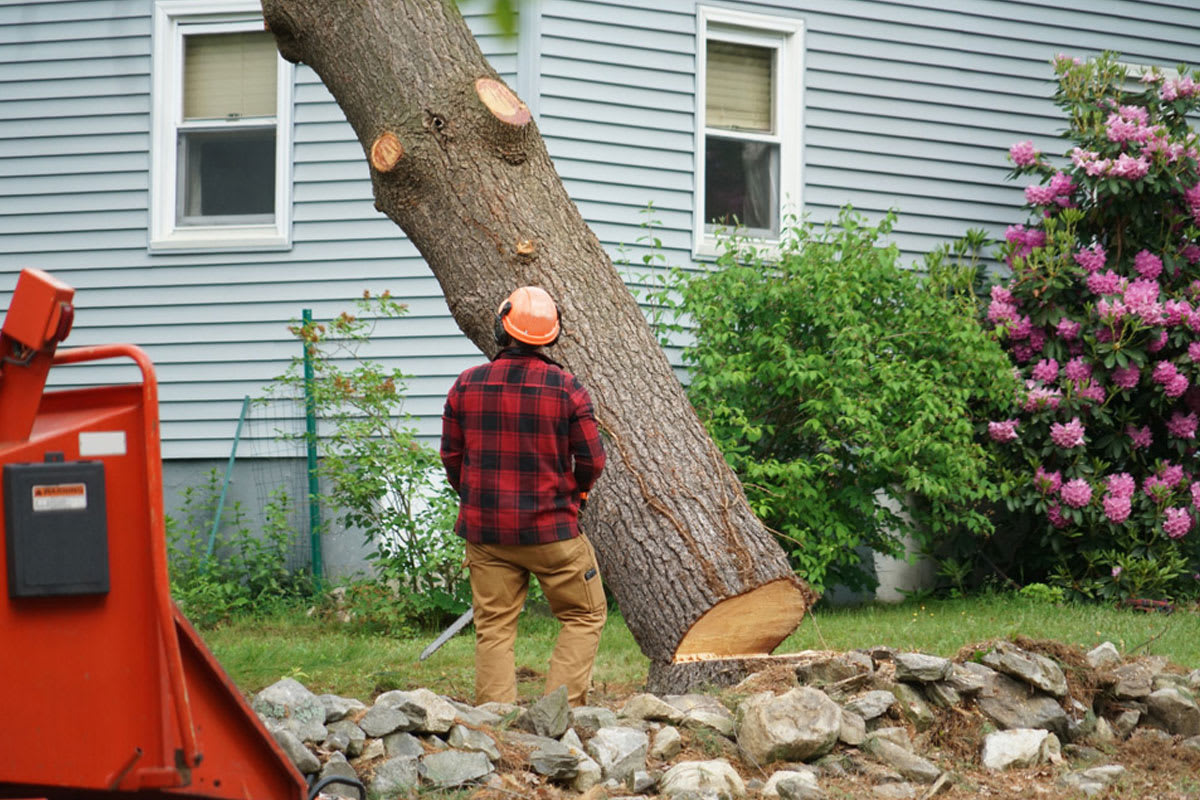Featured
Table of Contents
- – Understanding Stump Grinding Quotes In Jackson...
- – Jacksonville Beach, FL Tree Clearing Service R...
- – Jacksonville Beach, FL Stump Grinding Trade-I...
- – Jacksonville Beach, FL Arborist Cost FAQ
- – Budget-Friendly Tree Clearing In Jacksonville...
- – Curved Stump Removal Costs In Jacksonville Be...
- – Leading Affordable Tree Cutting In Jacksonvil...
- – Get Affordable Tree Cutting In Jacksonville ...
- – How To Find Quality Tree Clearing In Jackson...
- – Most Competitive Tree Service Prices In Jack...
- – Jacksonville Beach, FL Stump Grinding Cost G...
- – Most Competitive Tree Clearing Prices In Jac...
- – Affordable Tree Clearing In Jacksonville Bea...
- – What Should An Tree Trimming Cost In Jackson...
- – Best-Reviewed Tree Trimming In Jacksonville ...

The subsections below offer more detailed info about rates, consisting of an average range for each. TypeAverage Removal CostPineConiferPalmMagnoliaArborvitaeAshCedarSweet GumEucalyptusSycamoreCypressOakMaplePoplar You can expect to pay in between to get rid of a pine, depending on its size. Eliminating a pine is among the more inexpensive tasks unless it is one that has actually been around for years and is rather big.
Understanding Stump Grinding Quotes In Jacksonville Beach, FL
Pines likewise have a tap root that grows deep into the soil, which can prove to be harder to get rid of. The procedure itself includes a professional cutting the tree, clearing the base, cutting the surface area roots, eliminating the stump, and finally treating the soil. Without a professional hand, you run the risk of leaving pine seedlings behind, which will fall from the roots of distressed pines.
Jacksonville Beach, FL Tree Clearing Service Rate Sheet
The U.S. national average for conifer elimination is roughly to have the conifer cut down, transported away, and the stump ground or removed entirely. Conifers are usually easier to eliminate, and even though they can grow rather high, they do not cost a fortune to eliminate. Conifers consist of pine, spruce, fir, and juniper trees.
Jacksonville Beach, FL Stump Grinding Trade-In Programs: Costs
While conifers are gorgeous, they eliminate native plants and specific kinds of yard. This is due to the fact that they need a great deal of water and nutrients to endure, so they seep it off surrounding plants. They also have an extensive network of roots, which can impact your home's structure. The typical rate of palm elimination depends on the height as much as the type, ranging from.
Jacksonville Beach, FL Arborist Cost FAQ
That is why it is essential to know which type you are removing. While you do not require an herbicide to kill a palm tree, there are some steps your elimination professional will have to require to guarantee the task is done correctly. There are 2 methods they can eliminate them: by chopping them down or digging them up.
Budget-Friendly Tree Clearing In Jacksonville Beach, FL
This is due to the fact that little animals like rats and scorpions typically live in them. Plus, many types will have spikes, too. From there, they get rid of the actual tree and then the stump. Anticipate to pay in between to remove this kind of tree, depending upon the specific size and details of the task.
Curved Stump Removal Costs In Jacksonville Beach, FL
There are 3 types: green, white, and black ash. With its gray-tinged bark, its leaves are green or purple in the spring and golden yellow or purplish-red in the fall.
Leading Affordable Tree Cutting In Jacksonville Beach, FL

Due to the variation in height, the removal price variation is broad from. A coniferous, evergreen tree, the cedar is a sturdy types.
Get Affordable Tree Cutting In Jacksonville Beach, FL
The development of false cedars varies from 50 feet up to 230 feet high. With star-shaped leaves and stunning fall colors, the sweet gum is considered a medium to large tree.
How To Find Quality Tree Clearing In Jacksonville Beach, FL
It has a big root base of 40 to 50 feet, which affects the elimination expense. Normally, it costs between to eliminate a eucalyptus. Eucalyptus are not typical everywhere, but they are quite large compared to others, which is why even the smaller sized ones are so costly to get rid of. Initially from Australia, eucalyptus are intrusive plants that grow in thick groves that take out native plants.
Most Competitive Tree Service Prices In Jacksonville Beach, FL
There are a handful of methods to do this, consisting of burning, pulling, grinding, or killing them with herbicide. Expect to pay in between to remove sycamores, based on the height, trunk size, and amount of work involved. Sycamores are among the biggest wood trees, usually ranging from 60 to 100 feet high and as broad as 15 feet.
Jacksonville Beach, FL Stump Grinding Cost Guide 2025
The very first 2 steps will expose the within the tree and cut off the circulation of nutrients up the trunk. From there, a professional applies herbicide to kill the tree and cuts down the trunk. They will kill the stump. Otherwise, brand-new sprouts may grow from it. Reducing and getting rid of a mature cypress might cost as much as.
Most Competitive Tree Clearing Prices In Jacksonville Beach, FL
There are several kinds of Cypress trees, however the most widespread are the Leyland, Arizona, Bald, and Italian. The Bald Cypress grows in swampy or extremely moist locations while the others delight in a dry, warm, or hot environment (stump removal). They can grow as tall as 80 to 100 feet tall
Affordable Tree Clearing In Jacksonville Beach, FL

Prone to diseases, the Cypress is one of the most valued woods for furnishings. The average oak grows to around 60 feet, and depending upon the complexity of the elimination, it costs an average of to get rid of. The specific size of your oak and the effort required to fell it affect what you will actually pay for elimination along with any additional services like stump grinding.
What Should An Tree Trimming Cost In Jacksonville Beach, FL
Access to the trees and the roots will likewise affect the overall cost. Maples can quickly grow up to 100 feet or more and usually expense in between to remove from your home. The last rate depends on the real height and intricacy of the task. Maples are normally among the more pricey trees to get rid of because of their size and the work included in the elimination.
Best-Reviewed Tree Trimming In Jacksonville Beach, FL: Pricing
Poplars are giants of the species. Growing as high as 90 to 115 feet, these enormous lumbers are mainly discovered in North America and include the aspen, cottonwood, and balsam trees. Boasting an expansive root system, poplars can be pricey to eliminate when fully grown. The procedure to remove trees includes all the cutting and cutting of the branches and trunk, bringing it down to a stump.
Table of Contents
- – Understanding Stump Grinding Quotes In Jackson...
- – Jacksonville Beach, FL Tree Clearing Service R...
- – Jacksonville Beach, FL Stump Grinding Trade-I...
- – Jacksonville Beach, FL Arborist Cost FAQ
- – Budget-Friendly Tree Clearing In Jacksonville...
- – Curved Stump Removal Costs In Jacksonville Be...
- – Leading Affordable Tree Cutting In Jacksonvil...
- – Get Affordable Tree Cutting In Jacksonville ...
- – How To Find Quality Tree Clearing In Jackson...
- – Most Competitive Tree Service Prices In Jack...
- – Jacksonville Beach, FL Stump Grinding Cost G...
- – Most Competitive Tree Clearing Prices In Jac...
- – Affordable Tree Clearing In Jacksonville Bea...
- – What Should An Tree Trimming Cost In Jackson...
- – Best-Reviewed Tree Trimming In Jacksonville ...
Latest Posts
Rothschild, WI Tree Service Fees: What To Know
Richland Hills, TX Arborist Modernization Costs
Middletown, KY Tree Removal Cost Trends
More
Latest Posts
Rothschild, WI Tree Service Fees: What To Know
Richland Hills, TX Arborist Modernization Costs
Middletown, KY Tree Removal Cost Trends